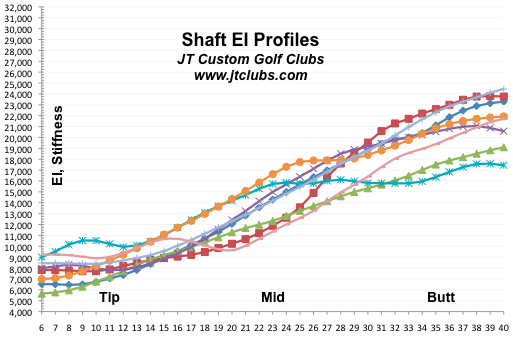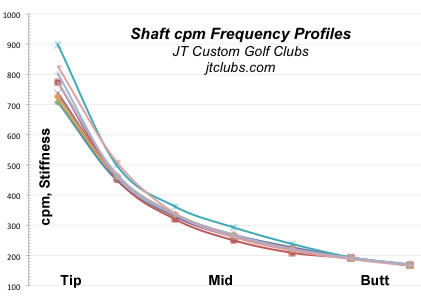Fitting's Black Box
CLUBFITTING's BLACK BOX is shaft fitting. It's because there are essentially an infinite number of technical choices available to the shaft engineer when designing a shaft. Shape, graphite fiber properties, supplemental fibers, and resins with fillers are the major materials factors to consider. Bending factors include where to have regions of stiffness, where to have regions of softer flex, resistance to twist (torque) and how to vary those regions, and linear distribution of weight are performance factors that determine shaft design.
The complexity of design factors makes it difficult for most of us to understand how shafts influence the performance of a golf club. It means that most clubfitting choices are done by media descriptions that are probably a limited mixture of technical design information and a heavy dose of marketing goals. The problem is that media descriptions must necessarily cover a broad range of golfers and are not likely to fit most of us as individual golfers. Thus, while we might get the right shaft some ot the time when we buy a new club, it's likely the choices will not be a good fit most of the time. When performance doesn't match with expectation, then the whole club selection process seems like somewhat of a mystery.
What can we do about it? Well, as clubfitters, we can analyze shaft properties that are accessible to measurement with professional tools. We have EI machines to measure stiffness, torque meaasruing instruments, deflection measuring intruments, and similar tools to gather basic information about shaft properties that matter most in clubfitting. It allows us to lift the cover on the black box and see what's inside. We can take some of the mystery out of clubfitting.






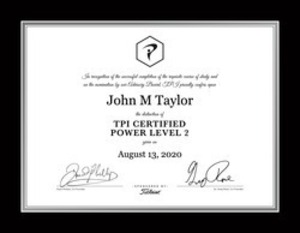




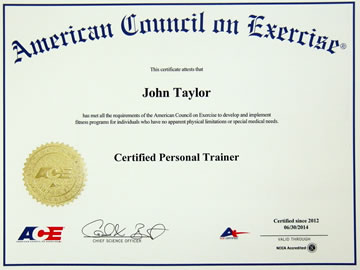
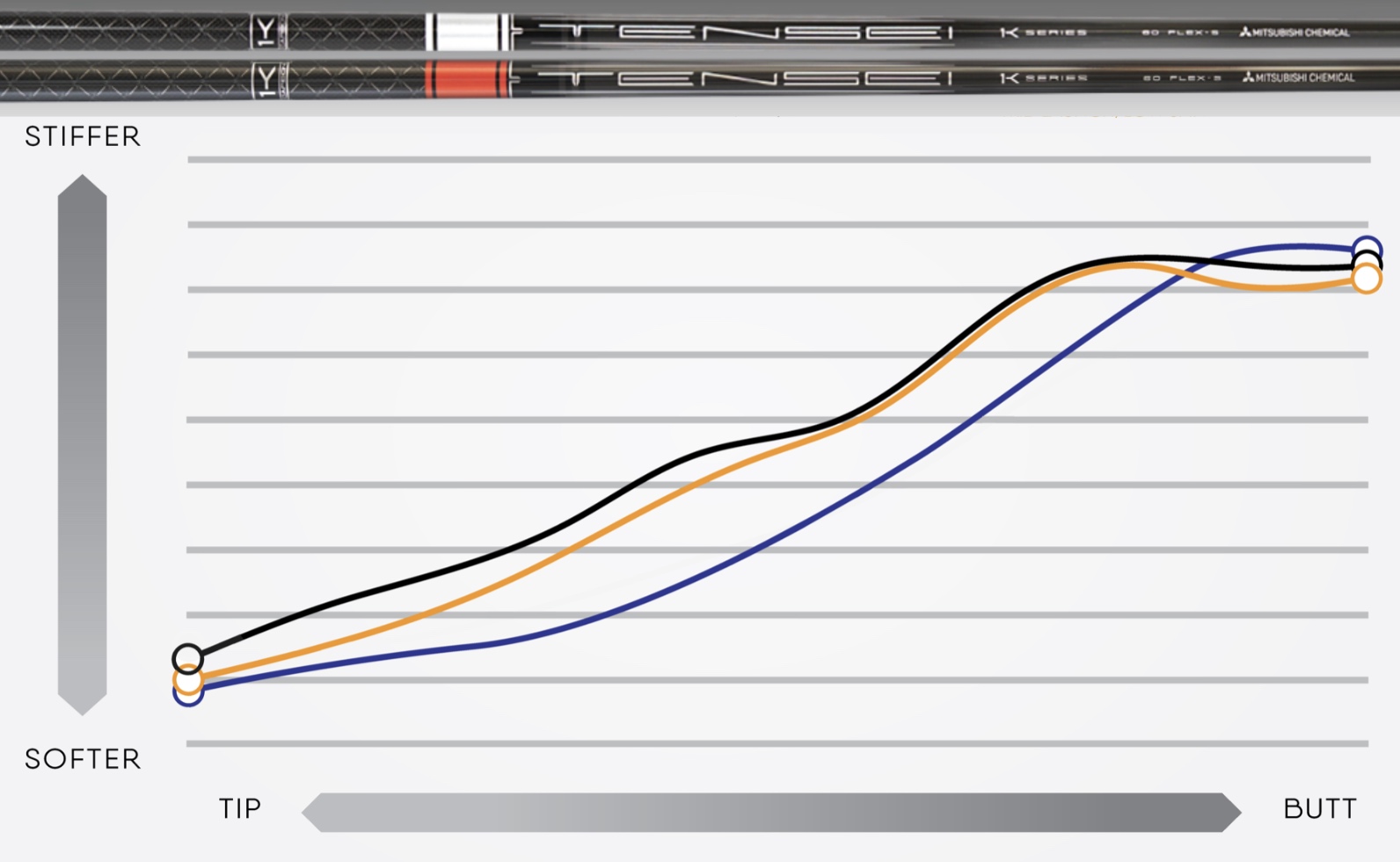
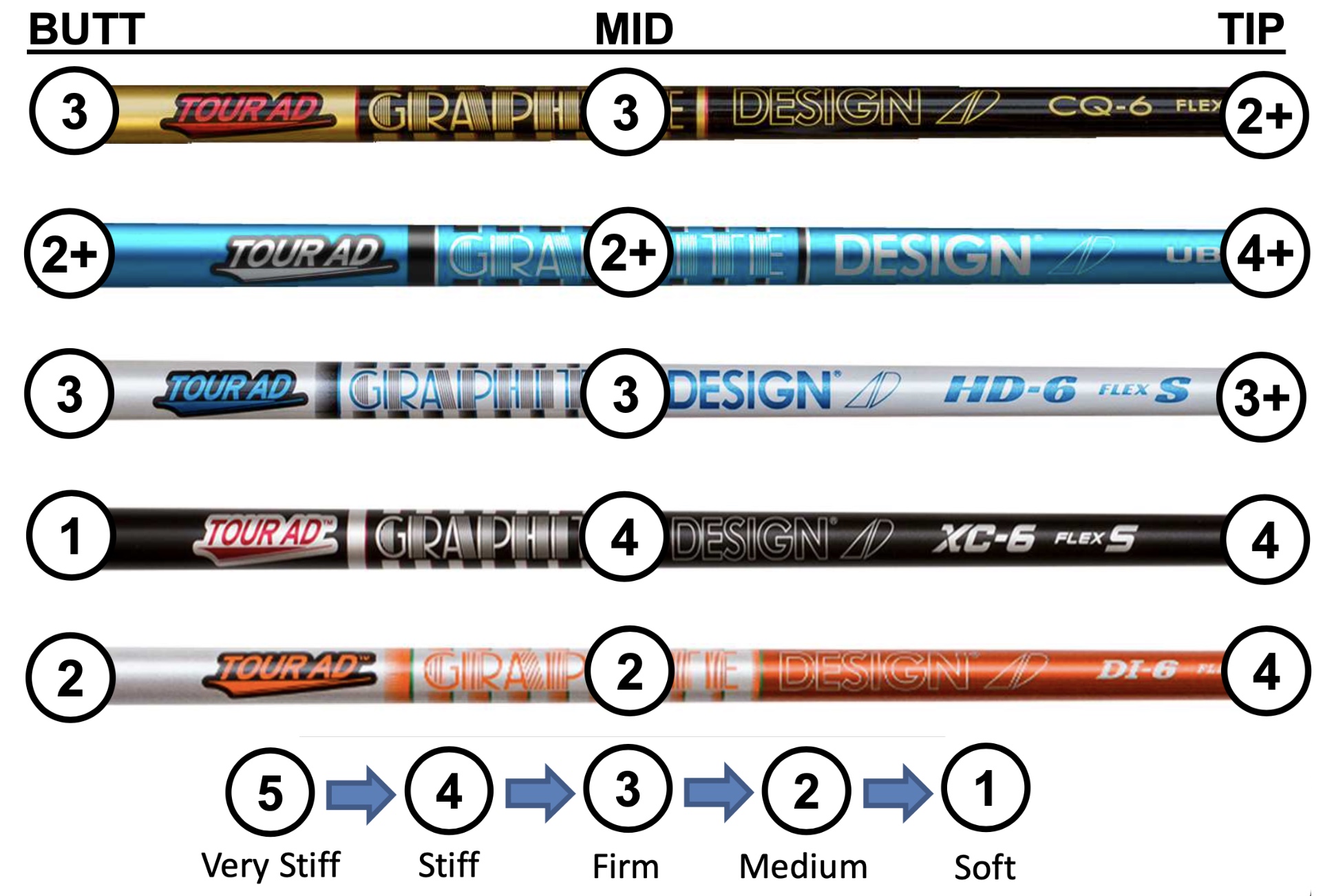













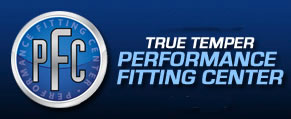

 John Taylor
John Taylor